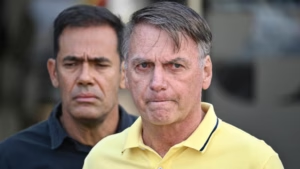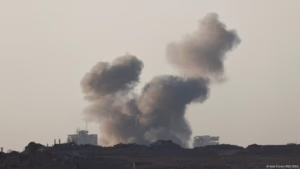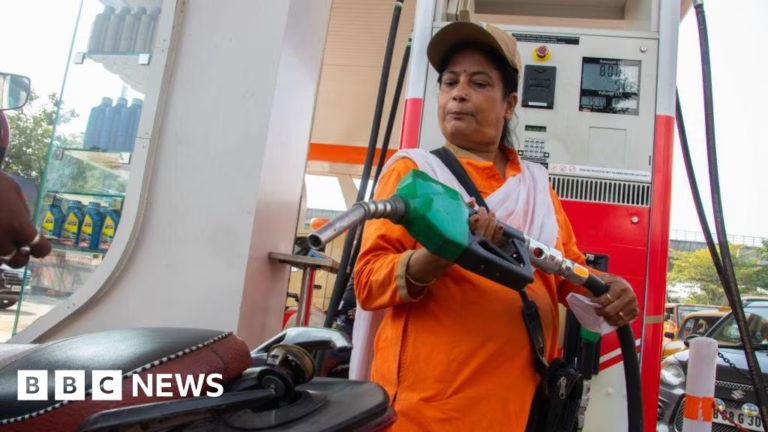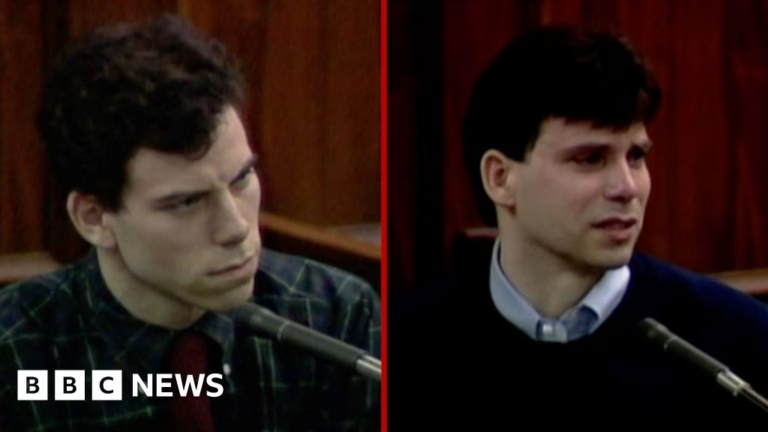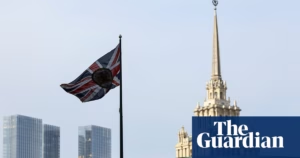
BBC
Mark Carney is set to be sworn in as Canada’s new prime minister in the coming days, after winning the race to succeed Justin Trudeau.
This means he will lead the governing Liberal Party of Canada in the upcoming election, which is expected to be called soon.
Several political leaders have called for a vote after Trudeau announced his resignation as leader of the Liberals in January.
However, following US President Donald Trump’s imposition of steep tariffs on Canada, potentially sparking a trade war, opposition parties have pushed for a vote as early as possible.
When is the Canadian federal election?
By law, the maximum time between federal elections in Canada is five years. The next vote is officially scheduled for 20 October 2025.
However, there are scenarios in which an early election can be triggered:
- When the governor general accepts the prime minister’s advice to dissolve the government,
- If the governor general accepts the PM’s resignation after the government is defeated in a confidence vote in parliament
Trudeau suspended parliament in January, after announcing his resignation, to allow the Liberal Party to hold a leadership race to find his replacement.
Carney, announced as Trudeau’s successor, could call an early election.
Pierre Poilievre, who leads the opposition Conservative Party, and Jagmeet Singh, leader of the New Democratic Party, have already pledged to vote for a no-confidence vote when parliament resumes.
Who could be prime minister?
In the Canadian federal election, voters do not directly vote for a prime minister. Instead, it is the leader of the party with the most members of parliament (MPs) who becomes prime minister.
This means Carney, alongside Poilievre and Singh, will be in the running.
What are the main parties running?
There are four main parties contesting the upcoming election: the Liberals, the Conservatives, the New Democrats (NDP), and the Bloc Quebecois.
The Liberals have been in power since 2015, holding 153 seats.
The Conservatives serve as the opposition, holding 120 seats.
The Bloc Quebecois, which only fields candidates in Quebec, holds 33 seats, and the NDP holds 24.
The Green Party holds 2 seats.
During the latter stages of Trudeau’s tenure, opinion polls consistently showed the Conservatives leading by a strong margin.
However, the race tightened after Trudeau stepped down. With Trump assuming office in the US and introducing steep tariffs against Canada, expectations for a closer contest have increased.
How does the Canadian federal election work?
Canada is divided into 343 federal ridings, also known as constituencies or electoral districts, with corresponding seats in the House of Commons.
All seats in the lower chamber, the House of Commons, are up for grabs during an election.
Members of the upper chamber, the Senate, are appointed and do not run for election.
Canada has a “first-past-the-post” electoral system, similar to the UK. The candidate with the most votes in each riding wins the seat and becomes an MP.
The party leader with the most elected MPs typically forms the government, and the second-placed party usually forms the official opposition.
If no party secures a majority of seats, resulting in a hung parliament, a minority government is formed, requiring collaboration with other parties to pass legislation.
Who can vote?
To vote in a Canadian election, an individual must be a Canadian citizen, at least 18 years old, and provide proof of identity and address.
